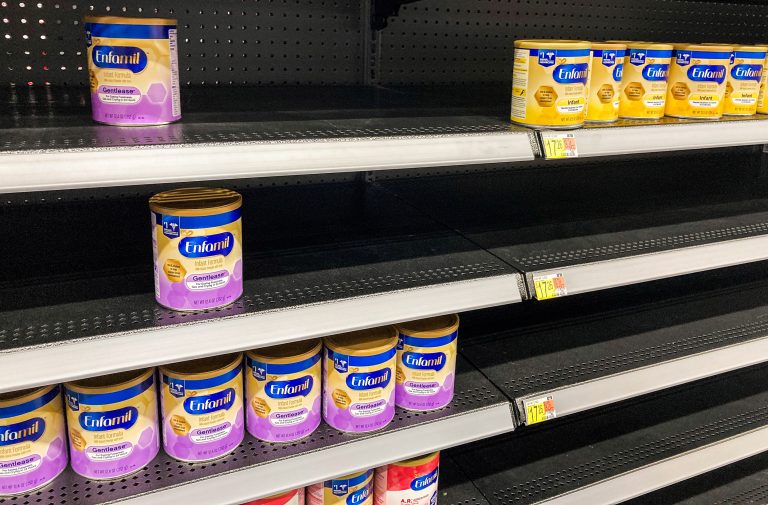
There’s nothing worse than having to choose between paying bills and buying food for your family – but you don’t have to. There are a variety of food assistance programs available to help you get the food you need. Many of these programs are free or low cost and provide an invaluable service to people who may not be able to afford groceries without them. Let’s take a look at some of the most popular federal and state-level food assistance programs that can help put more food in your pantry.
SNAP (Supplemental Nutrition Assistance Program) is one of the most widely used federal nutrition assistance programs in the United States. SNAP is designed to help supplement households with low incomes, so they can purchase healthy foods from local grocery stores. Eligibility requirements vary by state, with income limits generally set between 130% and 185% of the Federal Poverty Level (FPL). For example, a family of four in California with an annual income below $51,504 would typically qualify for SNAP benefits.
The Special Supplemental Nutrition Program for Women, Infants, and Children (WIC) is another federal program focused on helping families purchase nutritious foods such as milk, cheese, eggs, fruits and vegetables, whole grains, beans, peanut butter and more. The program also provides nutrition education resources so families can learn how to make healthy meals at home. WIC is available to families with children under 5 years old who meet certain income requirements; eligibility generally ranges from 185% – 200% of FPL based on household size.
State-level food assistance programs vary by state but often provide additional resources for those who do not qualify for SNAP or WIC benefits or need additional support beyond what these programs offer. For example, California offers the CalFresh Program which helps to supplement households with incomes up to 200% FPL or lower; it also provides emergency grants and other services such as job placement support or financial literacy training courses. In addition to CalFresh, there are also many other county-level programs that provide free meals for kids during school breaks or fresh produce box distributions throughout the year.
Conclusion: No matter what your financial situation may be, there are plenty of resources available that can help you get access to nutritious foods without breaking the bank. Whether you qualify for SNAP benefits, WIC services, or your local county’s food assistance program – don’t be afraid to ask for help! With a little research and patience, you can find a variety of resources that will give you more options when it comes time to feed your family. *Eligibility requirements vary by state/county – please contact your local office for more information on qualifying factors/requirements/etc..